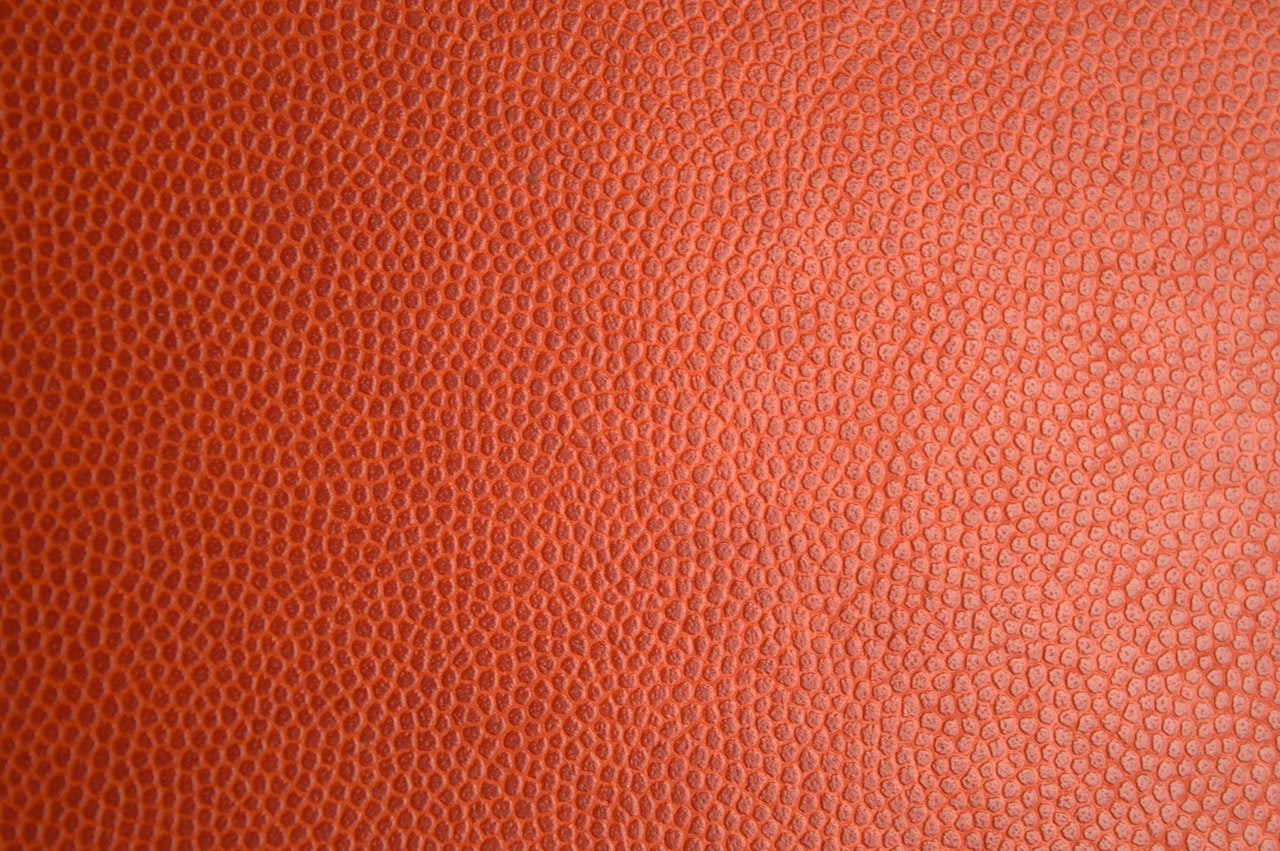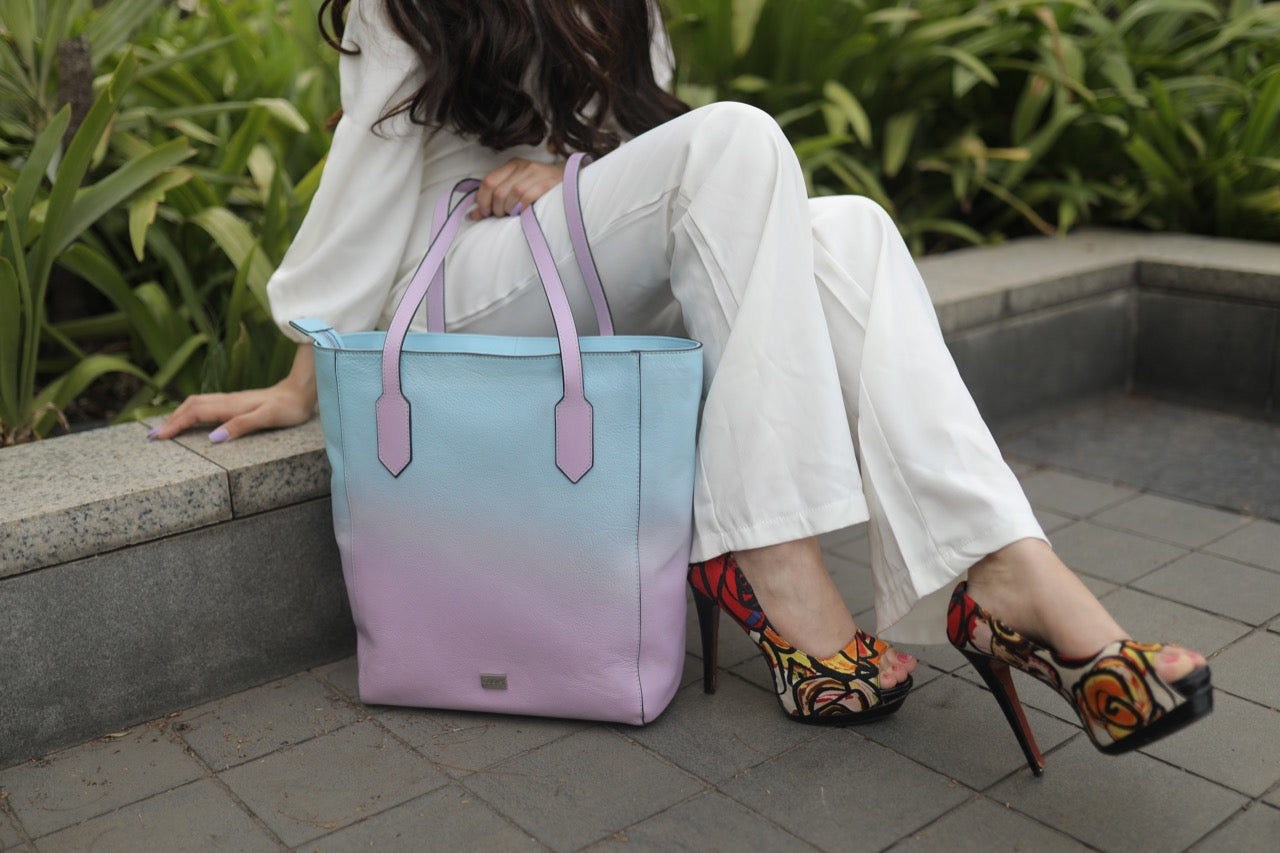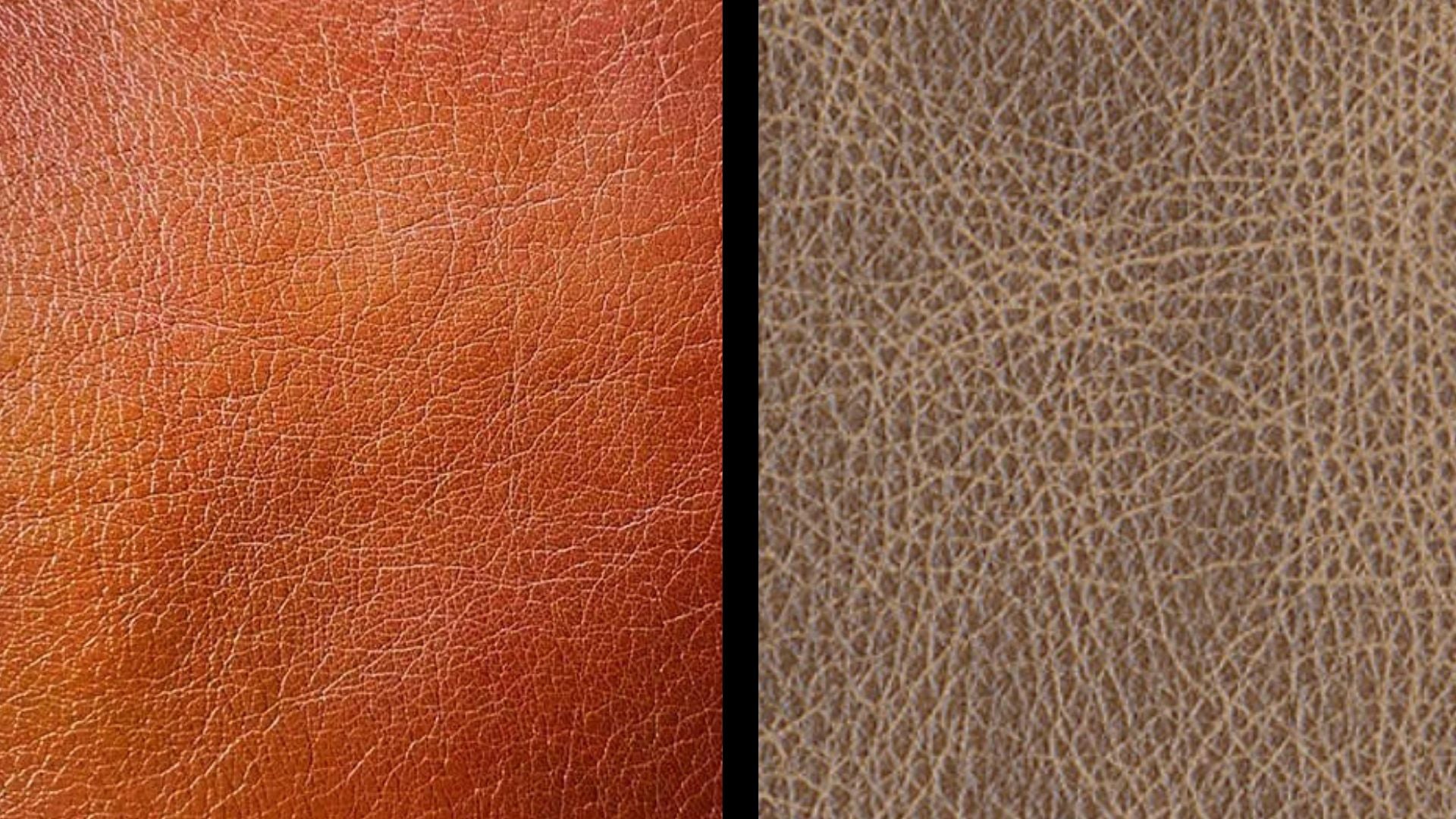
What is Faux Leather? Know the Pros and Cons
Leather, or Artificial leather is a material fabric substitute for genuine leather which is used in fashion, furniture upholstery, car accessories and more. Known by many names, including substitute leather, synthetic leather, vegan leather, pleather and leatherette (among others), faux leather has had a journey from the champion of the substitute industry to the antagonist.
What is it made of, what made it so popular to start out with and how it has made its way into the enemy list of sustainable activists. Read on to know.
The Composition of Faux Leather
Faux leather is a product of the petroleum industry and water resistant. Which makes it a very popular alternative to genuine leather. Where genuine leather is made of animal hide, the two types of faux leather are chemical products that can say that no animals are harmed in their making (more on this later).
The two types are PU leather and PVC leather: Polyurethane and Polyvinyl Chloride. Essentially, the process of making faux leather can be divided into three main processes.
- Obtaining the base: The base fabric to make faux leather can differ. Fabric bases such as polyester or cotton are commonly used. The base is rough and porous, and hence requires treatment. Obtaining the base can be a third party sourcing process or an in-house manufacturing.
- Sourcing and Formulating the Plastic: The plastic in question is PVC or PU. Formulating either is a process that requires a separate manufacturing section and time period. PVC is made by combining constituent of salts and petroleum. After processing the byproducts of either and combining combining polyvinylchloride with stabilizers, the result is exposed to very high temperatures to produce polyvinyl chloride resin. The process of making PU is much more complicated (and hence shall not be dwelt on).
- Binding and Cutting; Finally, the base material is bound with the plasticizers agent to make fake leather. Which is then cut and prepared for usage by manufacturers of leather goods.
Disclaimer: This is an oversimplification of the entire process to raise consumer awareness and not a manufacturing guide in any capacity whatsoever.
Pros and Cons of Faux Leather Fabric
Synthetic leather looks almost exactly the same as real leather, especially when used in apparel. But if you were to go closer and touch it, even an absolute amateur with no knowledge of the leather industry can differentiate and know that it does not feel like real leather. It feels like plastic to the touch and can at times have an unpleasant texture. Using faux leather has pros and cons, very much like the following:
Pros of Faux Leather
- It is considerably cheaper than real leather and can be your choice of leather substitute in matters of fashion apparel choice. In this way, you may also say that it is an equalizer for bringing the look (but not feel) of leather to a larger population dynamic.
- Due to being manufactured almost completely from scratch, it is very versatile. It can come in matte or glossy finishes. Even though most of these are made in the colours of classic leather items, it can be manufactured into any colour. Can't have neon pink genuine leather goods now, can you?
- Very low maintenance, in terms of being water resistant and hence, easy to clean. This also allows it to be highly resistant to stains in comparison to genuine leather. It also does not fade very easily, and is more UV resistant.
- From the POV of manufacturers, synthetic leather is much easier to work with and can be stitched seamlessly.
Cons of Faux Leather
- To start with, real bad for the environment. It cannot be upcycled to the extent of genuine leather and ends up in the landfill sooner. The chemicals used in fake leather production can be harmful, and make it non-biodegradable. If calculated in terms of life span, genuine leather can even be considered relatively environment friendly.
- Faux leather is less durable than real leather. The surface of faux leather is prone to peeling and then subsequently holding moisture in as less as a year of usage. Real leather on the other hand, is highly durable and can last a long time. The durability is considered to be a glaring fault, and
- Even though it is as cold insulating as genuine leather, which makes it a popular winter apparel, it is not as breathable. Real leather is porous, and allows adequate ventilation unlike the plastic coating on synthetic leather products.
- The synthetic material is not hypo-allergenic (less likely to cause an allergic reaction) as compared to real leather. Those with sensitive skins or a history of allergic reactions to synthetic fabric need to be prepared.
Faux Leather vs Bonded Leather
Bonded leather is the middle child of the leather fabric family. It is neither completely genuine leather or a fully faux leather. Bonded leather is made from using the scraps from the original leather manufacturing industry and binding it with PU or PVC. Usually, bonded leather can be composed of as much as 20-30% of real leather.
How does it compare to Faux leather? Quite poorly actually. In terms of price, rather counter-intuitively, this type of leather is cheaper than faux leather and also poorer in quality. It is made up of the waste scraps from the leather manufacturing process and hence poor in quality. You may say it takes the worst of both sides, it is not stain or water resistant while at the same time being less durable than real leather.
The Rise and Fall (x 2) of Imitation Leather
Imitation leather or faux leather, whatever you may call it, had its hay-days and then had some real bad days too. Mercedes Benz renamed the faux leather they use for their car seat upholstery (which was vinyl leather) as 'MB-Tex' just to escape the bad press pu and pvc was beginning to garner.
Originally popularised as 'Prestoff' in Germany in the 19th century, it went on to gain a lot of popularity under various names in the western world. It became the personal preference of manufacturers looking for cheaper raw materials for fashion accessories, furniture industry and more. Due to this initial meteoric rise, it was subjected to critique. It was not environment friendly, and it certainly was not as good as the real thing.
The rise of the vegan movement was another chance for faux leather to be rebranded and sold to a newer, more bourgeois consumer dynamic.
At Lodis 1965, we are set on using of the highest quality of genuine leather to get you the best of affordable luxury there is. Our handbags and accessories are a testimony to our quality and commitment.











